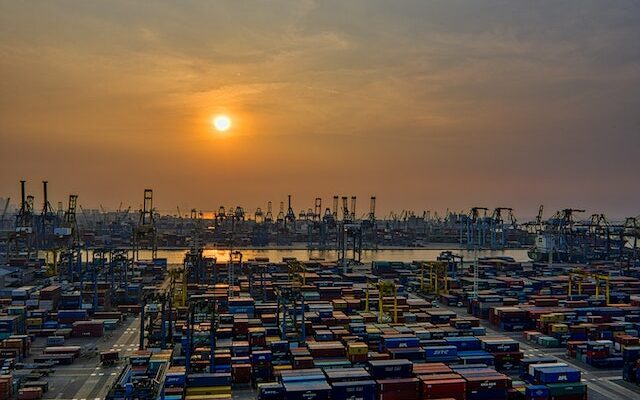In the intricate web of global commerce, the seamless movement of goods is the lifeblood that sustains economies and connects markets. At the heart of this intricate dance lies the triad of freight transportation, storage, and warehousing – a dynamic ensemble that ensures the efficient, timely, and secure transit of products from manufacturers to consumers. This exploration delves into the multifaceted world of freight logistics, shedding light on the critical roles played by transportation networks, storage facilities, and warehousing operations.
Freight transportation serves as the linchpin of the supply chain, facilitating the movement of goods across vast distances. Whether by road, rail, air, or sea, diverse modes of transportation are employed to meet the unique needs of different industries. Trucks navigate local roads, trains traverse vast rail networks, aeroplanes conquer continents and oceans, and ships navigate international waters. The choice of transportation mode is dictated by factors such as the type of goods, distance travelled, urgency, and cost considerations, collectively ensuring a finely tuned orchestration of the global logistics symphony. visit site to explore more.

In many regions, the roadways serve as the arteries that keep commerce flowing. Trucks, with their versatility and adaptability, play a crucial role in last-mile deliveries and regional distribution. They navigate intricate networks of highways and byways, connecting production hubs with distribution centres and retail outlets. The efficiency of road freight transportation hinges on well-maintained infrastructure, technological innovations such as GPS tracking, and strategic planning to navigate traffic, ensuring timely deliveries that meet the demands of a dynamic market.
Rail transportation, with its ability to carry heavy loads and cover long distances, is the backbone of freight distribution in many countries. Railroads form extensive networks that connect major cities, industrial centres, and ports, providing a reliable and cost-effective means of transporting bulk goods. The efficiency of rail freight is amplified by containerization, where standardized containers can seamlessly transition between trains and other modes of transportation, streamlining the transfer of goods across various regions.
When speed and urgency are paramount, air freight takes centre stage. From high-value goods to perishable items requiring swift delivery, air transportation ensures rapid transit. The global network of airports, equipped with modern cargo handling facilities, facilitates the seamless movement of goods across continents. While air freight may come at a premium compared to other modes, its unparalleled speed is invaluable for industries where time-sensitive delivery is non-negotiable.

For the vast majority of global trade, maritime transportation is the backbone. Container ships traverse the oceans, connecting manufacturing hubs with markets worldwide. Ports, as vital nodes in this global network, serve as gateways where goods transition between sea and land-based transportation. The scale of maritime freight transportation is staggering, with massive vessels capable of carrying thousands of containers, ensuring the steady flow of goods in the interconnected global marketplace.
As goods traverse the intricate web of transportation networks, the nexus of storage and warehousing becomes the intermediary, providing a crucial link between manufacturers and end consumers. Storage facilities and warehouses are the silent guardians of the supply chain, ensuring that goods are stored securely, organized efficiently, and ready for distribution at a moment’s notice.




